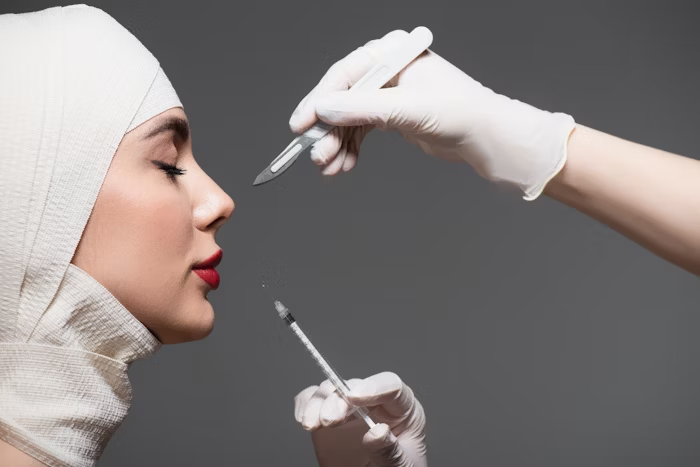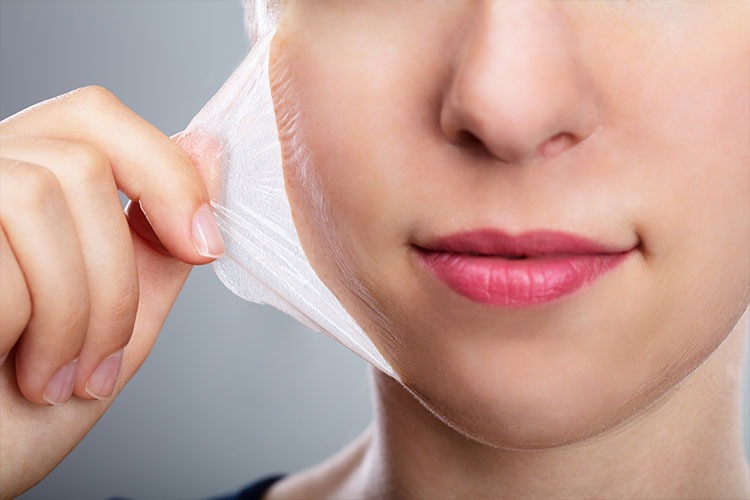
Therapr Team
In recent years, the field of aesthetic medicine has witnessed an unprecedented boom. Non-surgical cosmetic enhancements, once reserved for celebrities and the wealthy, are now widely accessible and socially accepted. Whether it's to smooth wrinkles, enhance facial features, or improve skin quality, millions are turning to these quick and minimally invasive procedures. But what’s behind this growing trend—and what should you know before joining it?
Aesthetic medicine refers to non-surgical treatments designed to enhance physical appearance, improve skin health, and slow down signs of aging.
Common procedures include:
These treatments are typically performed in clinics by licensed professionals, including dermatologists and aesthetic doctors.
Several factors explain the rapid growth of aesthetic medicine:
For many, aesthetic procedures are more than just vanity—they’re about self-confidence and feeling good in their own skin.
Studies show that individuals who undergo cosmetic enhancements often report:
However, these effects are more positive when expectations are realistic and the motivation is self-driven—not rooted in external pressure.
Botox and Xeomin: Popular for reducing dynamic wrinkles on the forehead and around the eyes.
Hyaluronic acid fillers: Used to contour lips, cheeks, jawlines, and even noses (non-surgical rhinoplasty).
Laser resurfacing: For texture, acne scars, and pigmentation.
Hydrafacials and skin boosters: Combining skincare with hydration and vitamins.
Thread lifts: A non-surgical facelift alternative using dissolvable threads.
While generally safe, these procedures are not without risks. Common side effects may include swelling, bruising, allergic reactions, or asymmetry.
Key recommendations before starting:
Gone are the days when aesthetic treatments were only for women or the wealthy elite. Today, men, younger adults, and older individuals all seek cosmetic improvements.
Popular among men: Jawline definition, wrinkle treatments, and hair restoration
Popular among older adults: Skin tightening, volume restoration, and pigment correction
Popular among younger adults: Preventative Botox, lip fillers, and skincare treatments
Aesthetic care is becoming more about maintenance and prevention than radical change.
The industry is shifting toward customized care. Practitioners now design treatment plans based on skin type, age, facial structure, and personal goals.
Technologies such as AI skin analysis, 3D imaging, and genetic testing are being incorporated into cosmetic consultations, allowing for more accurate, tailored recommendations.
Aesthetic medicine is redefining how we view beauty and aging. With safe, effective, and accessible options, more people are embracing non-surgical procedures to feel more confident and comfortable in their own skin. Still, the key is to approach aesthetic treatments with informed choices, realistic expectations, and professional guidance. After all, true beauty begins with feeling good about yourself.
Author profile
Read more articles by Therapr Team.


Get the latest wellness insights delivered to your inbox.
Subscribe to Newsletter